Home > Blog > Astronomy
ASTROPHOTOGRAPHY 101
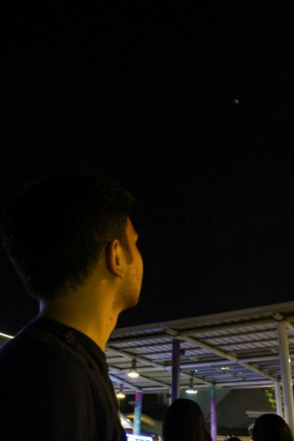
Because of the increased awareness on astronomical events, such as meteor showers, eclipses and the photogenic super moon, more and more people are capturing these phenomena using their mobile phones and cameras. According to Astronomy Online, this particular hobby, also called astrophotography, seems to be the most popular topic in this branch of natural science.
Types of Astrophotography
There are different types of astrophotography. Some are relatively easy to do, especially for beginners with nothing more than a DSLR (Digital Single-Lens Reflex) camera and a tripod. Others are more advanced and require a lot more gear.
Night Sky Photography
This type of photography only needs a simple set-up involving your camera, tripod and a good view of the night sky. Yet, if done right, the results can be breathtaking.

According to Photography Talk, night sky photography isn’t limited to photos of the stars; here, you can also capture constellations, star trails, the northern lights, and the Milky Way itself. Just how much detail you get in your photos depends on your camera.
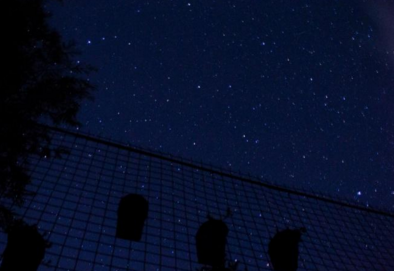
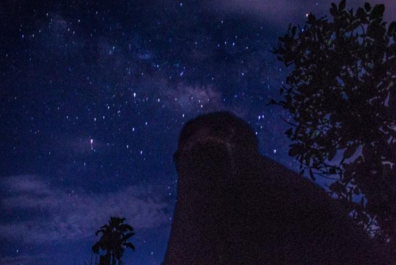
Piggyback Photography
To capture the night sky, one will need a telescope on which to mount the camera. According to Weasner, a website that discusses Astronomy-related topics, this set-up allows the telescope to track the movement of the night sky, compensating for the Earth’s rotation.
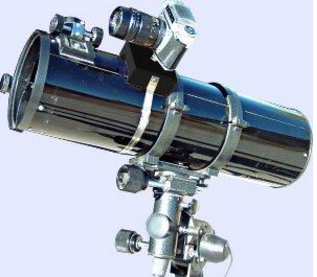
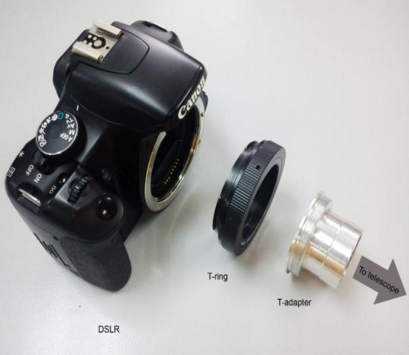
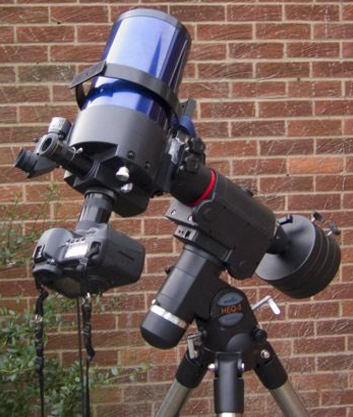
According to Astronomy for Beginners,Prime-Focus Photography gives a surprisingly small image, so it’s not ideal for capturing planets. But its advantage is that it can capture any celestial object in the night sky unseen by the naked eye.
Afocal Astrophotography
To do this, one needs to center the telescope’s eyepiece to the desired celestial object before holding the camera over the eyepiece. You can take a lot of photos of the object that is aligned or at the center of the eyepiece. The good news is you can use your mobile phone for this method as done in the photo below.
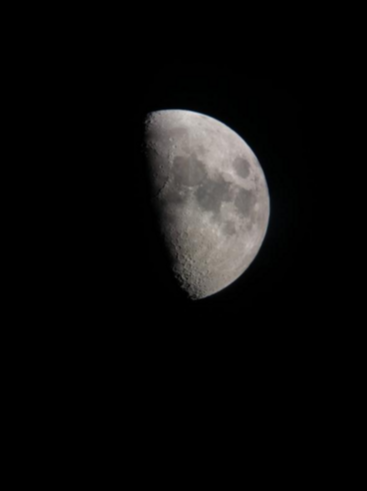
Eyepiece Projection Astrophotography
Like the Afocal Astrophotography, you will need to attach the camera to the telescope with the use of the T-ring and the camera-to-telescope adapter. But this time, the eyepiece will also be attached to the camera. According to Weasner, the eyepiece is inserted into the large tube of the adapter, which is then inserted into the eyepiece holder on the telescope. The camera is attached to the adapter using a T-Ring. The image from the eyepiece is “projected” onto the camera film or sensor. Objects tend to be fainter when imaged with this technique, due to the projection.
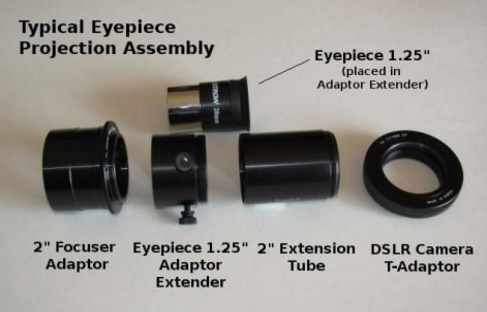
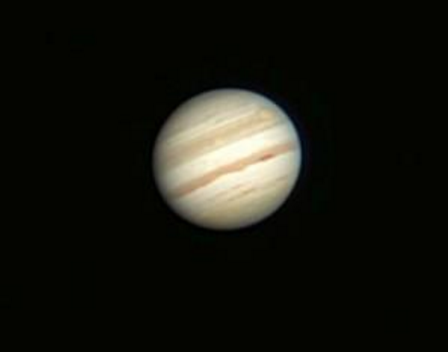
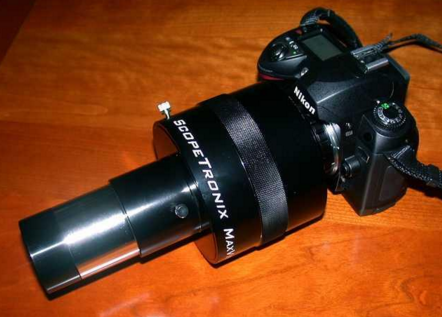
Taking photos in an urban area
Light pollution in urban areas makes astrophotography challenging. In a place like Manila, which is surrounded by tall buildings and city lights, the night sky is more likely to be obscured. Try to find a spot away from artificial lights and sky clutter to maximize your photo taking.
Dos and Don’ts of Astrophotography
- DO plan your location.
- DO bring flashlights so you can find your way around in a dark location.
- DO bring red cellophane for the flashlights. This allows your eyes to adjust to the night sky.
- DO observe and appreciate the beauty of the night sky.
- DO observe your surroundings to ensure your safety.
- DO bring company or a friend.
- DO bring a mat so you can lie down and relax while observing the night sky.
- DO bring snacks, but make sure you bring home your trash.
- DO fully charge your phone and bring powerbanks.
- DO bring an umbrella in case rain pours.
DON’TS
- DON’T use flash photography. This obscures the image you want to capture.
- DON’T fall asleep while waiting for the astronomical event.
- DON’T wear clothes that are not comfortable.
- DON’T talk too loud or make noises that will disturb the neighbors.
Taking photos of the night sky and other celestial objects requires patience and dedication. Observing the sky is fun, but it’s even more fulfilling if you capture the moment using the various methods of astrophotography.
BY Ronalyn Tindog, PanahonTV Intern

